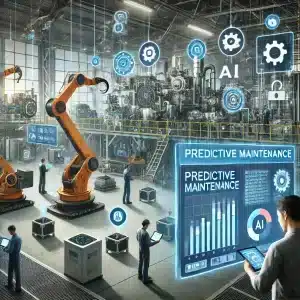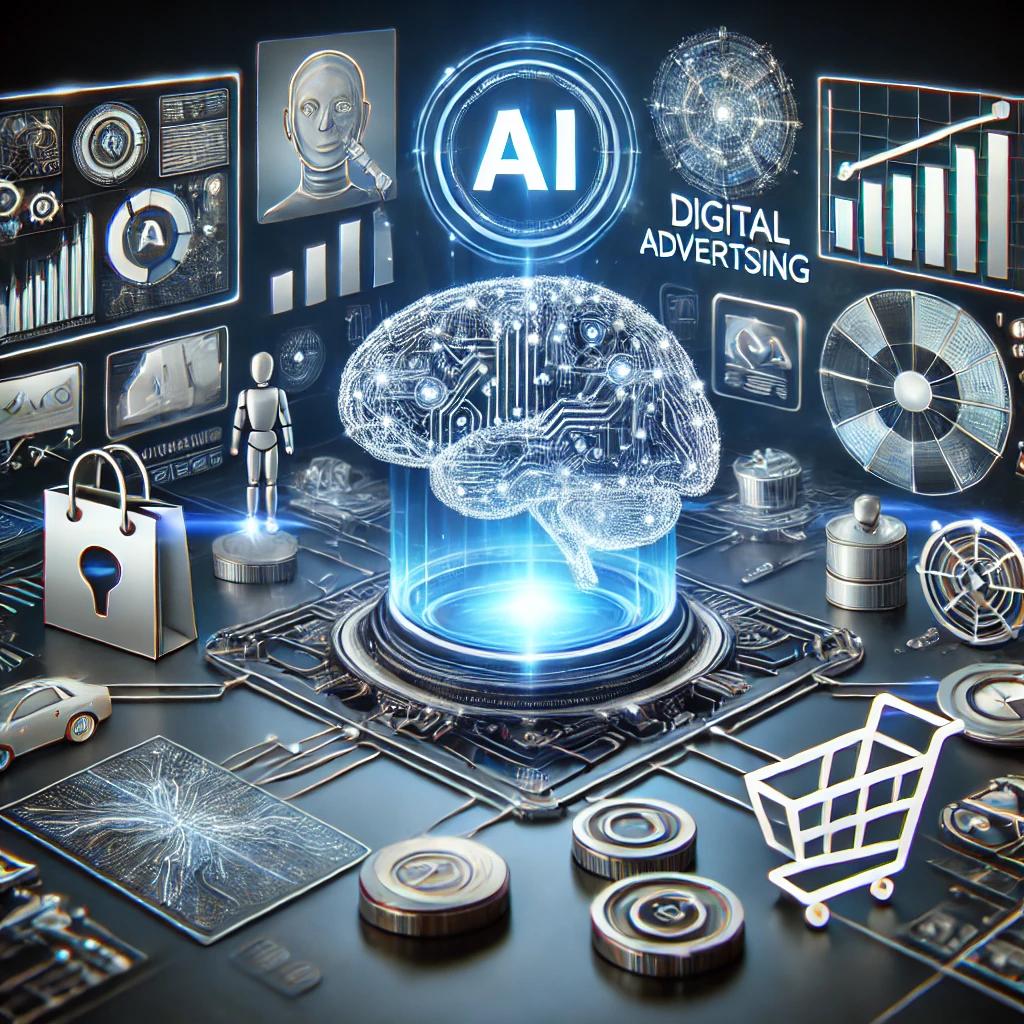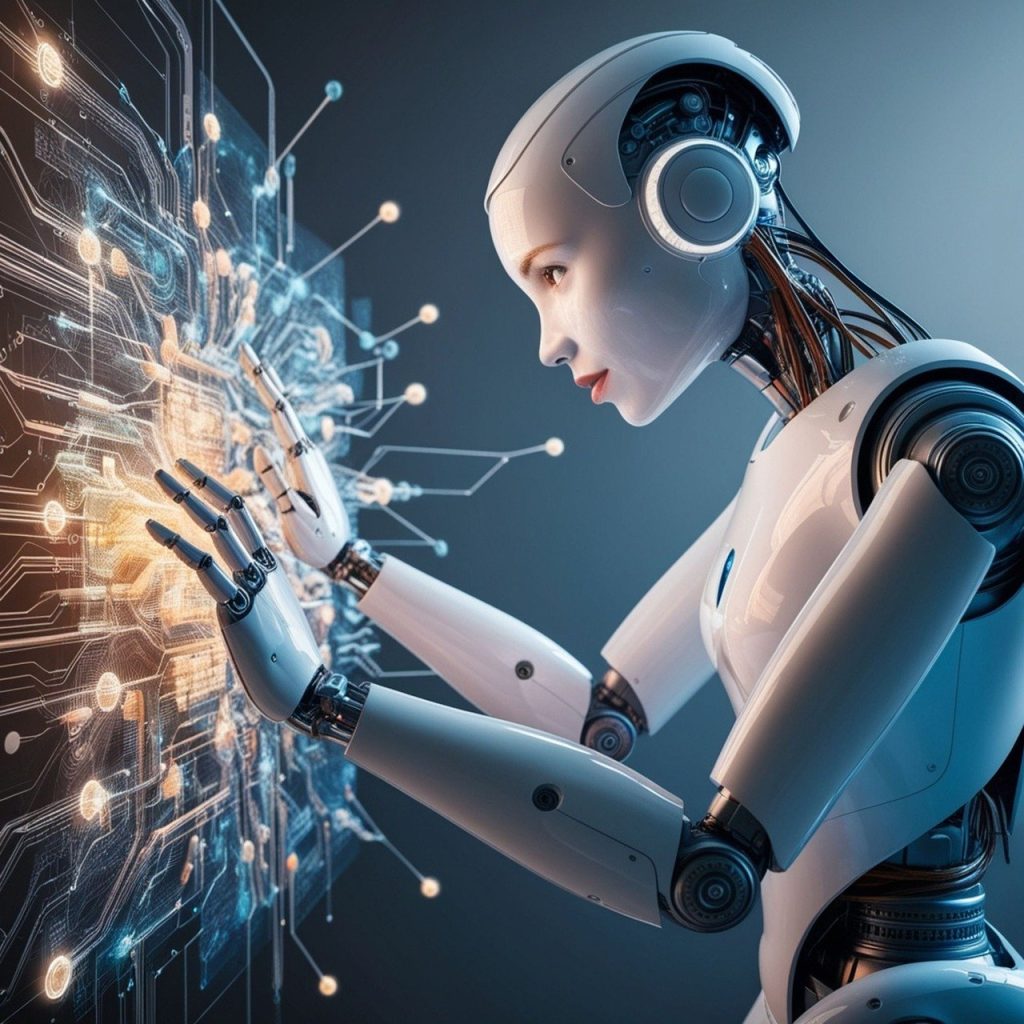As industries continue to evolve and embrace technology, the integration of AI (artificial intelligence) in predictive maintenance is helping businesses save both costs and time. Predictive maintenance leverages advanced algorithms, historical data, and machine learning to foresee equipment failures and optimize maintenance schedules. This article explores how AI can be used to unlock the full potential of predictive maintenance, detailing its processes, benefits, and future advancements.
What Is Predictive Maintenance and How Does It Work?
Defining Predictive Maintenance
Predictive maintenance is a proactive maintenance strategy that utilizes data-driven techniques to predict machine failures before they occur. By analyzing both real-time and historical data, businesses can determine the optimal time for maintenance tasks, preventing unplanned downtime and minimizing costs. Unlike preventive maintenance, which schedules routine checks regardless of the equipment’s current state, predictive maintenance relies on specific indicators of wear and tear to schedule maintenance activities more effectively.
The Role of Historical Data in Predictive Maintenance
Historical data is critical in predictive maintenance as it provides insights into past equipment performance, failure rates, and maintenance needs. With this data, machine learning models can identify patterns and trends that signify imminent equipment failure. This allows the implementation of predictive maintenance strategies that are tailored to the unique needs of each piece of equipment, maximizing its reliability and lifespan. By leveraging historical data, businesses can enhance their predictive maintenance strategy and ensure more accurate predictions.
Preventive Maintenance vs Predictive Maintenance
Preventive maintenance involves scheduling regular maintenance tasks to prevent equipment failure, whereas predictive maintenance focuses on predicting when maintenance is needed based on data analysis. While both strategies aim to reduce downtime and extend equipment life, predictive maintenance is more precise, reducing unnecessary maintenance activities and associated costs. Predictive maintenance can help achieve a more efficient allocation of resources, ensuring that maintenance interventions only occur when genuinely necessary.

How Can AI be Used in Predictive Maintenance?
Understanding AI-Driven Predictive Maintenance
AI-driven predictive maintenance utilizes artificial intelligence to analyze vast amounts of data from various sensors and other sources to predict equipment failures. Using AI in predictive maintenance allows for more accurate predictions, enabling businesses to intervene before a machine failure occurs. The full potential of AI can be realized through its ability to process and interpret complex datasets quickly and accurately, providing actionable insights that traditional methods cannot.
Machine Learning Models in Predictive Maintenance
Machine learning algorithms are central to AI-based predictive maintenance systems. These algorithms are trained using historical data to recognize patterns indicative of future failures. As the system continuously learns from new data, it improves its predictive capabilities. Predictive models created through machine learning can pinpoint the exact factors leading to equipment failures, allowing businesses to take targeted preventive measures. This continuous improvement cycle ensures more effective predictive maintenance over time.
Benefits of AI-Based Predictive Maintenance Systems
Implementing AI-based predictive maintenance systems offers several benefits. Firstly, they significantly reduce downtime by predicting and addressing issues before they lead to machine failure. Secondly, AI optimizes maintenance schedules, ensuring that maintenance activities are conducted only when necessary, thereby reducing unnecessary interventions. Additionally, AI-driven systems provide deeper insights into equipment health, enhancing overall reliability and lifespan. The proactive maintenance approach enabled by AI reduces operational costs and improves efficiency.
What Are the Benefits of Using AI in Predictive Maintenance?
Reducing Downtime with AI
One of the primary benefits of using AI in predictive maintenance is the substantial reduction in downtime. By accurately predicting when equipment is likely to fail, AI systems allow for timely maintenance, preventing unexpected breakdowns. This not only keeps production lines running smoothly but also avoids the expensive costs associated with unplanned interruptions. Predictive maintenance can help companies maintain continuous operations, enhancing productivity and profitability.
Optimizing Maintenance Schedules with AI Algorithms
AI algorithms play a crucial role in optimizing maintenance schedules. By continuously analyzing data, AI can identify the best timing for maintenance activities, ensuring they are done just in time to prevent failures. This optimization process considers various factors, including equipment usage, environmental conditions, and historical performance data. Optimized maintenance schedules ensure minimal disruption to operations and extend the lifespan of machinery by preventing over-maintenance or under-maintenance scenarios.
Improving Equipment Reliability and Lifespan
AI-based predictive maintenance systems improve equipment reliability and lifespan by precisely identifying issues before they escalate. With the ability to monitor and analyze equipment in real-time, AI systems ensure that even minor anomalies are detected and addressed promptly. This proactive approach enhances the operational efficiency of equipment and reduces wear and tear, ultimately leading to longer-lasting machinery. Reliable equipment results in fewer replacements and lower capital expenses over time.
How Is AI Used in Manufacturing for Predictive Maintenance?
Examples of AI in Industrial Maintenance
The application of AI in industrial maintenance is varied and impactful. For instance, AI-powered systems are used to monitor the performance of critical components in manufacturing plants, such as motors and pumps. By predicting failures and scheduling maintenance accordingly, these systems ensure the smooth operation of assembly lines. AI’s ability to process real-time sensor data enables immediate detection and resolution of potential issues, maximizing operational efficiency and reducing costs associated with equipment failures.
AI and IoT: A Powerful Combination
The combination of AI and IoT (Internet of Things) creates a powerful synergy for predictive maintenance. IoT devices collect a wealth of real-time data from equipment, which AI algorithms then analyze to predict failures and optimize maintenance strategies. This integration provides a comprehensive view of equipment health, enhancing the accuracy and effectiveness of predictive models. AI and IoT together enable continuous monitoring and proactive maintenance, leading to significant improvements in operational efficiency and cost savings.
Case Studies: AI Used to Prevent Equipment Failure
Several case studies highlight the successful implementation of AI in preventing equipment failure. For instance, a leading automotive manufacturer implemented AI-driven predictive maintenance to monitor the health of production line robots. By analyzing sensor data, the AI system predicted potential failures, allowing for timely maintenance and avoiding costly production halts. Another example is a chemical plant that used AI and machine learning to monitor its pumps and valves, significantly reducing unplanned downtime and maintenance costs. These case studies underscore the tangible benefits of using AI in predictive maintenance.

What Is the Future of Predictive Maintenance with AI?
Advancements in AI and Machine Learning
The future of predictive maintenance is set to be transformed by advancements in AI and machine learning. As algorithms become more sophisticated, AI systems will gain greater predictive accuracy and the ability to handle even more complex datasets. Innovations such as deep learning and neural networks will further enhance the capabilities of predictive maintenance systems, making them more reliable and efficient. Continuous advancements in AI will drive the development of next-generation maintenance technologies, offering unprecedented levels of precision and insight.
The Next Generation of Predictive Maintenance Technologies
The next generation of predictive maintenance technologies will feature enhanced integration with other emerging technologies, such as augmented reality (AR) and virtual reality (VR). These tools will provide maintenance personnel with real-time insights and visualizations, making maintenance tasks more intuitive and efficient. Additionally, advancements in AI will facilitate the development of more robust predictive models, capable of adapting to diverse industrial environments. The future will see predictive maintenance systems that are not only more intelligent but also more adaptable and user-friendly.
Challenges and Opportunities in AI-Driven Predictive Maintenance
While the potential of AI-driven predictive maintenance is immense, it also presents several challenges. Ensuring data quality and integration across various systems can be complex. Additionally, the initial implementation of AI and machine learning models requires significant investment and expertise. However, the opportunities far outweigh these challenges. By overcoming these hurdles, businesses can unlock the full potential of predictive maintenance, achieving unparalleled efficiency and cost savings. The future holds promising possibilities for industries willing to invest in and adopt these transformative technologies.



